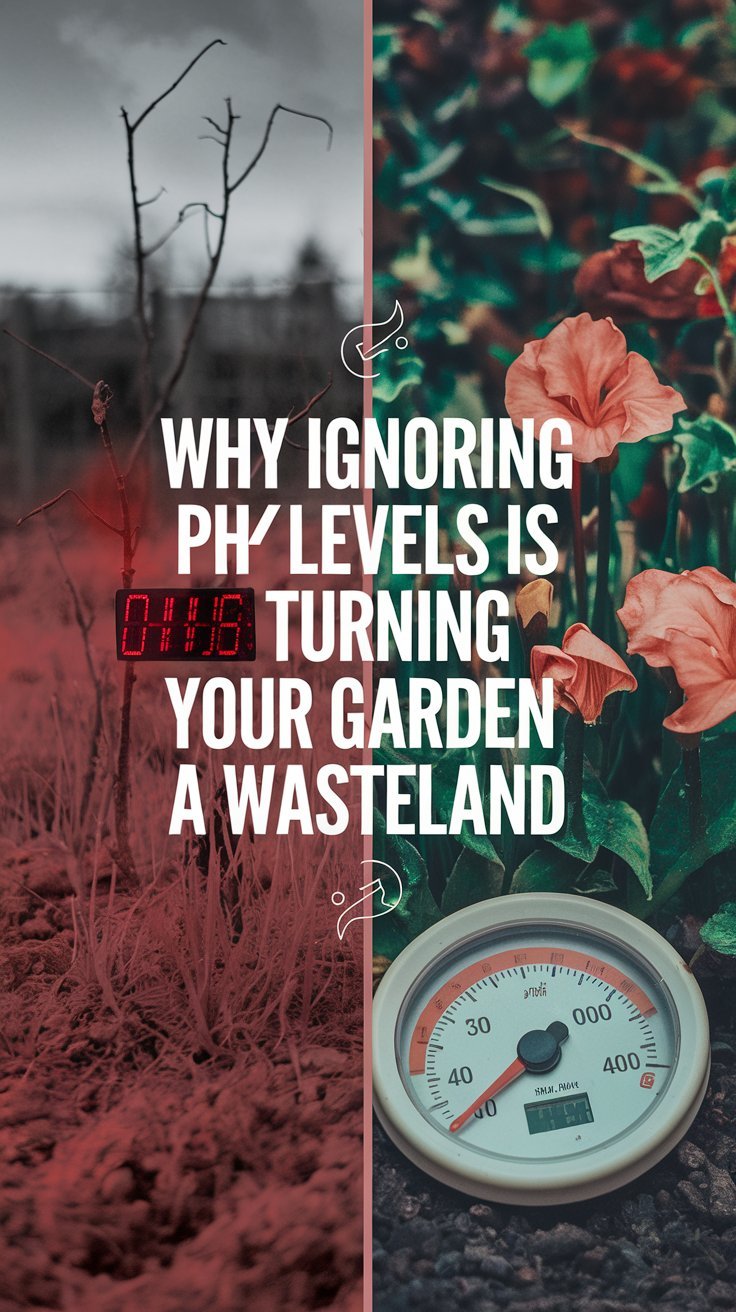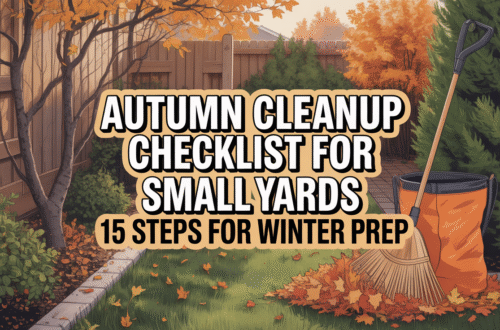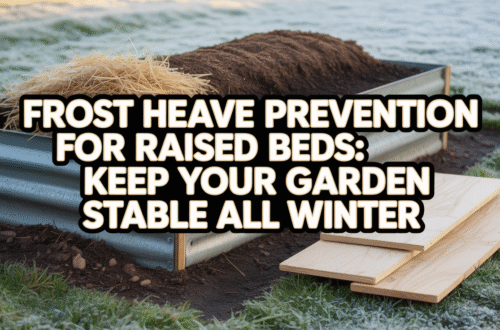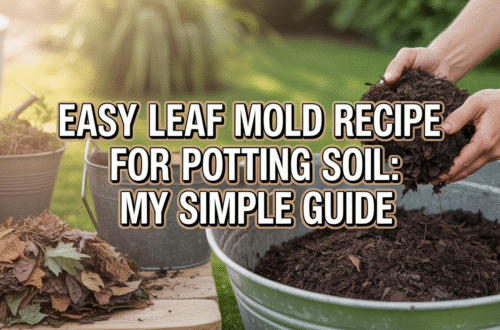Discover how ignoring soil pH devastates plant health, causes nutrient lockout, and turns gardens barren. Learn to test, adjust, and maintain pH for thriving plants—backed by 10 years of gardening expertise.
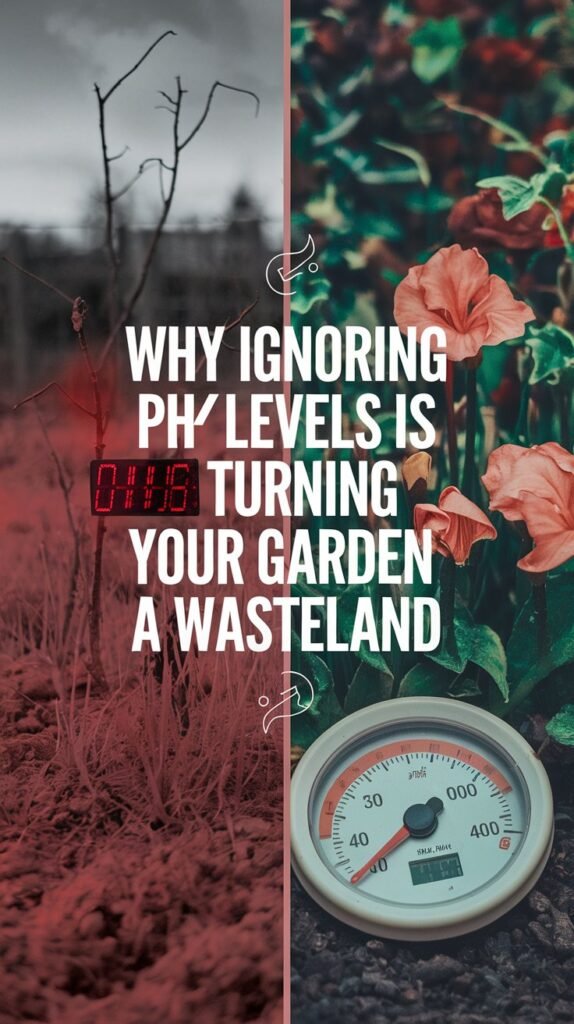
I’ll never forget the summer my tomato plants turned into a botanical horror show. The leaves yellowed, growth stalled, and the fruits were as sparse as raindrops in a desert. After weeks of frustration, I tested my soil’s pH—it was a staggering 8.2, far too alkaline for tomatoes. That moment taught me a hard lesson: ignoring pH isn’t just a mistake; it’s a death sentence for your garden.
Over my decade of gardening, I’ve seen pH imbalances turn lush plots into wastelands. Let’s break down why pH matters, how to fix it, and why your plants’ survival depends on this invisible factor.
Why pH Is the Secret Gardener’s Nightmare
pH measures soil acidity or alkalinity on a scale of 0–14. Neutral is 7, but most plants thrive in slightly acidic to neutral soil (6.0–7.0). Here’s why it’s non-negotiable:
1. Nutrient Lockout: The Silent Killer
Think of pH as the bouncer at your plants’ nutrient buffet. Even if your soil is rich in nitrogen or iron, the wrong pH locks these nutrients away. For example:
- Acidic soil (pH < 6): Iron and manganese become toxic, while phosphorus vanishes .
- Alkaline soil (pH > 7): Calcium and magnesium get trapped, starving plants of essentials .
I once added premium fertilizer to my hydrangeas, but their leaves stayed yellow. A pH test revealed the soil was 5.2—too acidic for nutrient uptake. Adjusting to 6.5 brought them back to life in weeks.
2. Microbial Collapse
Healthy soil teems with bacteria and fungi that break down organic matter. These microbes thrive at pH 6.0–7.5. Too acidic or alkaline, and your soil becomes a microbial ghost town, crippling decomposition and nutrient cycling .
5 Signs Your Garden’s pH Is Out of Whack
- Yellow Leaves with Green Veins: Classic iron deficiency from high pH.
- Stunted Growth: Plants look like they’ve hit a growth wall.
- Burnt Leaf Edges: Excess salts in alkaline soil “burn” foliage.
- Weeds Galore: Dandelions love acidic soil; chickweed thrives in alkaline.
- Failed Seedlings: Seeds rot or refuse to sprout in imbalanced soil.
How to Test and Fix pH Like a Pro
Step 1: Test Your Soil
- DIY Kits: Affordable but less precise. I use the Luster Leaf Rapitest Kit for quick checks .
- Lab Analysis: For accuracy, send samples to your local agricultural extension (mine costs $15/test).
Step 2: Adjust pH Gradually
Lowering pH (Acidic Soil):
- Elemental Sulfur: 1 lb per 100 sq. ft. lowers pH by 0.5 .
- Coffee Grounds: Free and slow-acting—ideal for blueberries .
- Peat Moss: Mix into planting holes for acid-loving plants like azaleas.
Raising pH (Alkaline Soil):
- Lime: 5 lbs per 100 sq. ft. raises pH by 0.5 .
- Wood Ash: Sprinkle sparingly—it’s potent!
- Crushed Eggshells: Slow-release calcium for gradual adjustment.
Pro Tip: Retest soil every 4–6 weeks. Overcorrection causes pH swings worse than the original imbalance!
3 Deadly pH Mistakes Even Experts Make
- Ignoring Water pH: Tap water in Arizona averages pH 8.1—always test it first!
- Overusing Chemical Adjusters: They work fast but harm microbes. Opt for organic compost instead.
- Forgetting Crop Rotation: Tomatoes deplete calcium; beans fix nitrogen. Rotate to balance soil.
FAQs: Your pH Questions Answered
Q: Can I grow plants if my pH isn’t perfect?
A: Yes—some plants tolerate wider ranges. Lavender thrives in alkaline soil (pH 6.7–7.3), while potatoes prefer acidic (5.0–6.0). Check my pH Plant Guide for specifics .
Q: How often should I test pH?
A: Test at planting season and mid-growth. Container gardens need monthly checks .
Q: Does compost fix pH?
A: Partially! Well-decomposed compost buffers pH over time but won’t correct severe imbalances .
The Bigger Picture: pH and Sustainability
Ignoring pH doesn’t just hurt plants—it harms the planet. Acidic soils release toxic aluminum into waterways, while alkaline soils contribute to nitrous oxide emissions . By balancing pH, you’re fighting climate change one garden at a time.
Tools I Swear By
- University of Vermont Soil Testing Lab – Reliable lab analysis.
- EPA’s Guide to Healthy Soil – Master soil basics.
- NRCS Soil Health Portal – Sustainable practices.
- Royal Horticultural Society pH Guide – Plant-specific advice.
- Cornell Composting Science – Build pH-stabilizing compost.
Final Thoughts
pH isn’t just a number—it’s the heartbeat of your garden. After a decade of trial and error, I’ve learned that healthy soil starts with pH awareness. Test regularly, adjust patiently, and watch your garden transform from wasteland to wonderland.
For more tips, explore my guide on Natural Ways to Balance Soil pH or drop a comment below! Let’s grow better, together.

